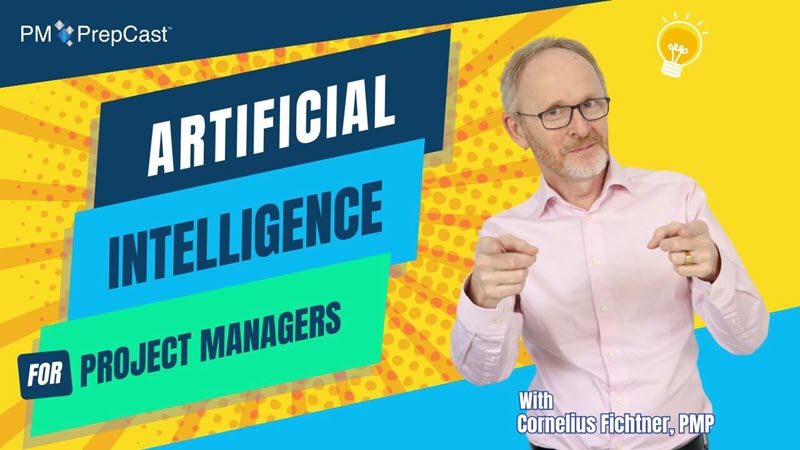Project Management Articles
Do you have a question about a specific project management topic and need in-depth guidance and expert advice? Or maybe you want to hear from a practitioner about how a particular aspect of project management was applied on their project? You have come to the right place!
We have created the following series of project management articles and guides for you. They are in-depth discussions about some of the most most current key concepts and emerging practices in our fields. We provide definitions, expert quotes and a succinct definition for each topic. We discuss each all of them from many angles to answer all the questions that you may have. And each includes a list of recommended free-to-play podcast episodes so you can do a deep-dive. You've found the Ultimate Guide to Contemporary Project Management.
And if that made you hungry for more, then Subscribe to our newsletter and we'll let you know each time a new podcast episode / interview is available.
Agile Project Management
Agile project management is on the rise and more and more businesses are adopting agile techniques as the default way they manage projects and deliver change. It’s easy to see why. One of the characteristics of agile projects is that there is constant collaboration with stakeholders and a focus on iteration. Being an agile project manager means delivering on an iterative basis, demonstrating value at every point to ensure the end result is exactly what the customer wanted.












